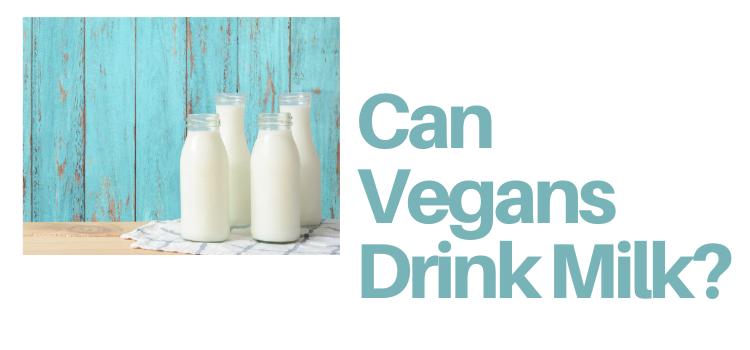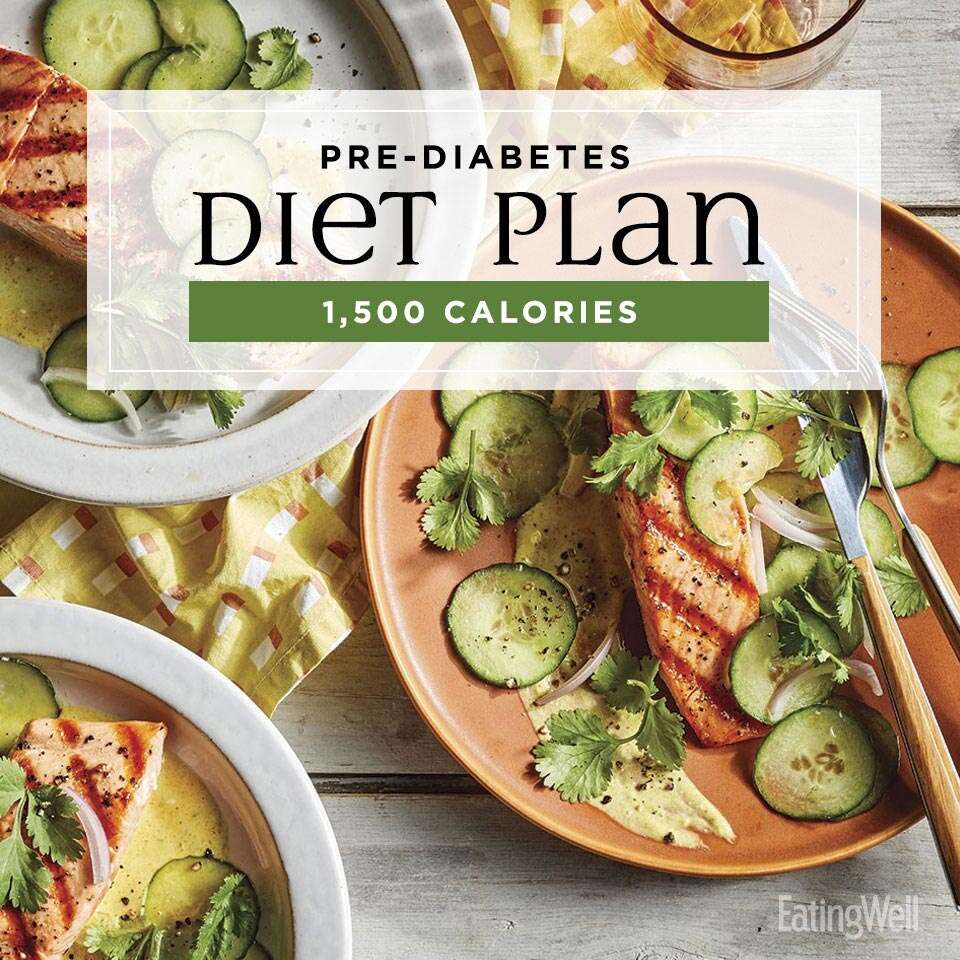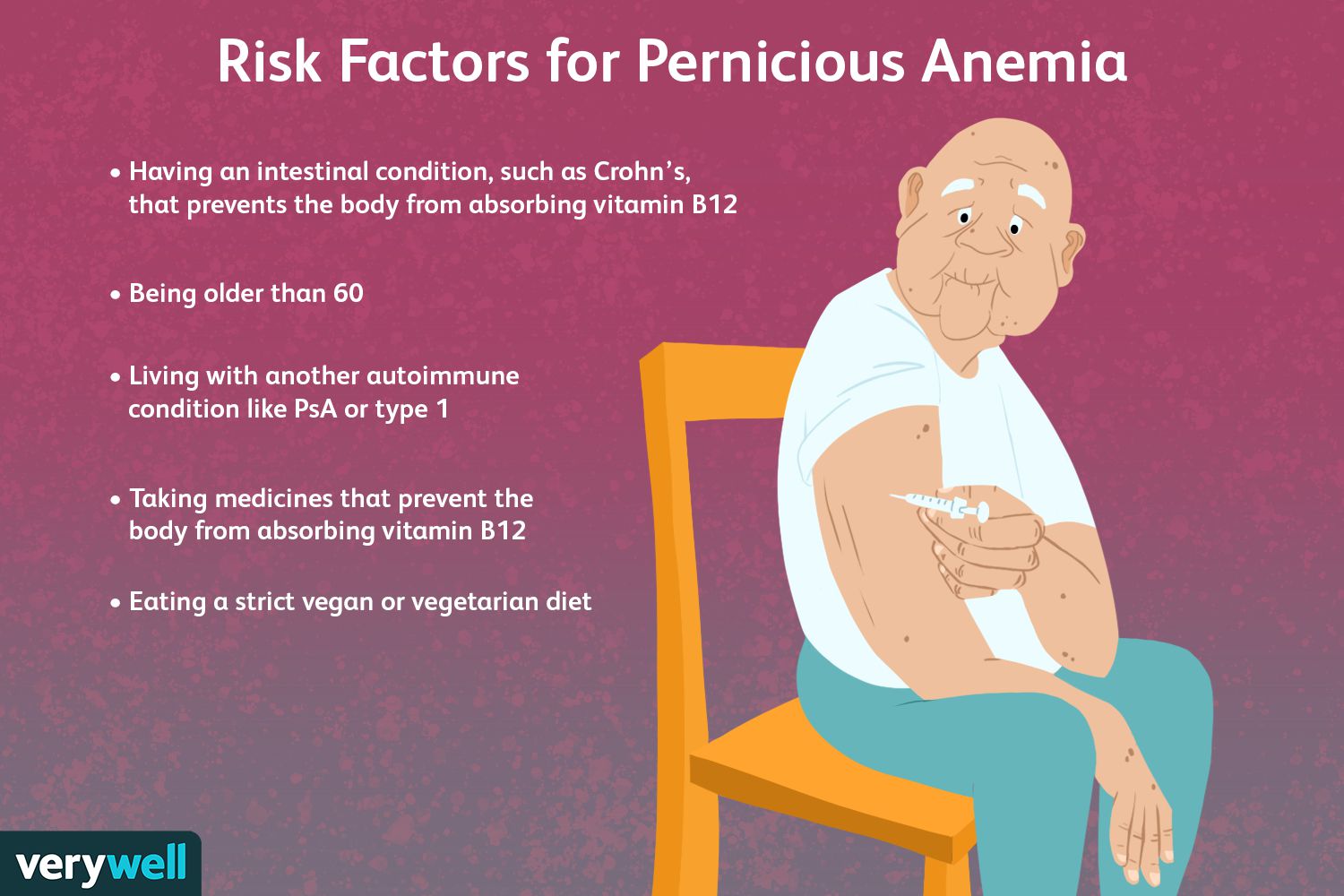
A low-GI diet is a great way to improve your health. Not only will it lower your blood sugar levels, but it can also lower the risk of heart disease. Here are some low-GI carbohydrate options. These foods should not be consumed in excess.
Here are some examples of carbohydrate foods that have a low glycemicindex
The low glycemic-index diet is designed to lower blood sugar spikes. But there are caveats. Insulin-dependent people may be at higher risk for low blood glucose. High cholesterol or people who are on a ketogenic dietary plan may have trouble with this diet.
The glycemic index ranks carbohydrate-containing foods in relation to the amount of glucose that is released into the bloodstream after eating them. Low GI foods provide greater satisfaction and help with weight loss. Low GI foods are also beneficial for people with diabetes, because they help the body release insulin gradually.

A low GI diet has health benefits
If you are trying to improve your overall health, and prevent type 2, a low-GI diet is a great option. It can lower blood sugar, body fat and LDL cholesterol. It can also reduce inflammation. One study found that participants who ate low-GI diets had lower HbA1c (a measure of blood glucose levels for two to three month).
People with diabetes have a reduced ability to regulate their blood sugar levels, which can have serious consequences for their health. A low-GI diet may help to regulate blood sugar levels and improve insulin sensitivity.
Avoid high-calorie food with a low Glycemic Index
If you want to lower your glycemic index, you can choose low-GI foods. These foods contain fewer calories but provide essential nutrients. High-GI foods can also replenish glycogen stored in muscles after intense exercise. Moreover, eating high-GI foods will boost your blood glucose level quickly. People with diabetes may be at risk of low blood sugar, which is why they should avoid high-GI food.
For people looking to lose weight, it's important to avoid high-calorie foods with high glycemic levels. They can lose weight by maintaining normal blood sugar levels. You can also manage your appetite. High-GI foods can cause an insulin spike in the body which causes people to eat more calories at their next meal.

Heart disease risk is reduced
The risk of cardiovascular disease is decreased when a person consumes foods with low glycemic index. Study also showed a correlation between composite outcomes and the glycemicindex. The lowest quintile had a lower risk of developing cardiovascular disease. However, the highest quintile was associated more with major cardiovascular events and increased risk of death from cardiovascular disease.
The glycemic Index is not an absolute risk factor. It is a relative measure of how quickly a carbohydrate enters the blood stream over a two-hour period. The higher the glycemic score, the greater the rise of blood sugar.
FAQ
How to measure body fat?
A Body Fat Analyzer will give you the most accurate measurement of body fat. These devices are used to determine the body's percentage for people who want weight loss.
What is the difference of fat and sugar?
Fat is an energy source that comes from food. Sugar is a sweetener found in fruits, vegetables, and other foods. Both sugars, and fats, have the same calories. However, fats provide more calories than sugars.
Fats are stored within the body and can contribute to obesity. They can lead to cholesterol buildup in the arteries, which could cause heart attacks or strokes.
Sugars provide instant energy and are rapidly absorbed by the body. This causes blood glucose levels in the body to rise. High blood glucose levels are dangerous as it can increase the likelihood of developing type 2 diabetes.
What is the difference among a virus or bacterium and what are their differences?
A virus is an organism microscopic that can't reproduce outside its host cells. A bacterium is an organism that splits itself in two. Viruses measure only 20 nanometers in diameter, but bacteria is up to 1 millimeter in size.
Viruses spread easily through contact with bodily fluids infected, including saliva and urine, semen, vaginal secretions or pus. Bacteria can be spread by direct contact with infected objects and surfaces.
Viruses can get into our bodies through cuts and scrapes on the skin, bites or other injuries. They can also get into the skin through the nose, mouth and eyes, ears as well as through the rectum, rectum and anus.
Bacteria may enter our bodies through cuts and scrapes on our skin, burns, insect bites, and other wounds. They may also be introduced into our bodies through food and water as well as soil, dirt, dust, and animals.
Both bacteria as well as viruses can cause illness. But viruses can't multiply within their host. They only infect living tissues when they cause illness.
Bacteria can grow in their hosts and cause disease. They can also invade other parts of your body. Antibiotics are needed to eliminate them.
Is being cold bad for your immune system?
Being cold gives you a weaker immune system because when you are cold, your body produces less white blood cells which fight infections. Being cold can make you feel more comfortable because your brain releases endorphins which help reduce pain.
How much should I weigh for my height and age? BMI calculator & chart
A body mass index calculator (BMI) is the best way to find out how much weight you should lose. A healthy BMI range lies between 18.5 and 24,000. If you want to lose weight, then you should aim to drop about 10 pounds per month. Simply enter your weight and height into the BMI calculator.
This BMI chart will help you determine if your body is overweight or obese.
Statistics
- WHO recommends reducing saturated fats to less than 10% of total energy intake; reducing trans-fats to less than 1% of total energy intake; and replacing both saturated fats and trans-fats to unsaturated fats. (who.int)
- nutrients.[17]X Research sourceWhole grains to try include: 100% whole wheat pasta and bread, brown rice, whole grain oats, farro, millet, quinoa, and barley. (wikihow.com)
- This article received 11 testimonials and 86% of readers who voted found it helpful, earning it our reader-approved status. (wikihow.com)
- WHO recommends consuming less than 5% of total energy intake for additional health benefits. (who.int)
External Links
How To
How to stay motivated and stick to healthy eating habits and exercise
Healthy living: Motivational tips
Motivational Tips to Stay Healthy
-
Create a list of your goals
-
Set realistic goals
-
Be consistent
-
When you achieve your goal, be kind to yourself
-
You don't have to give up if your attempts fail.
-
Have fun!